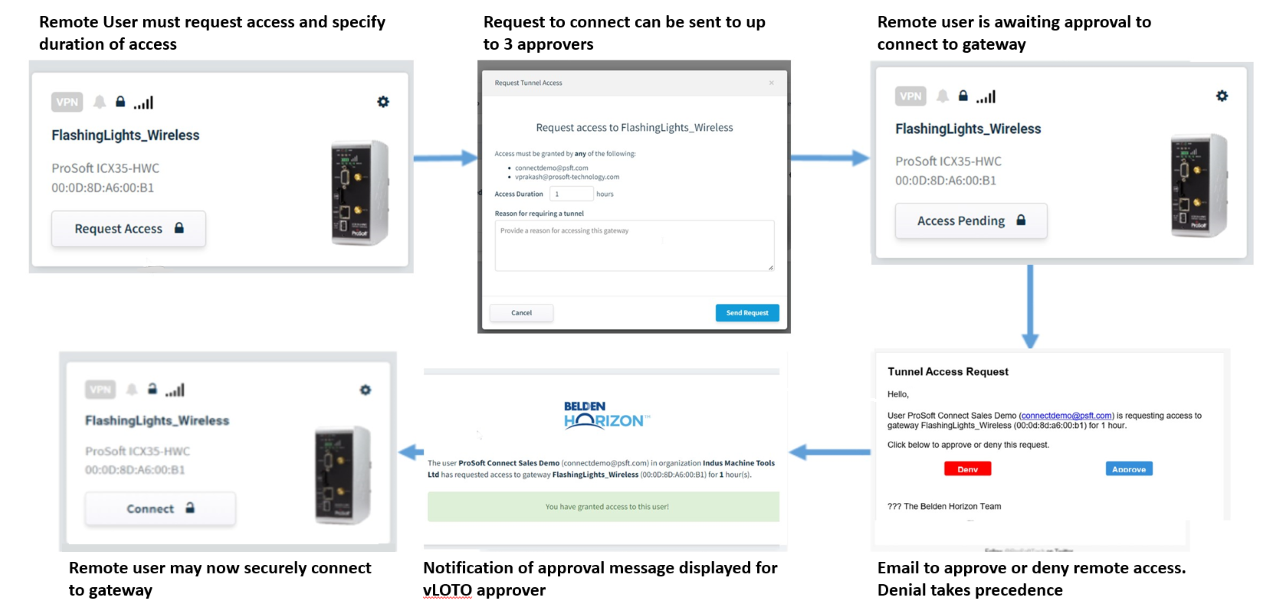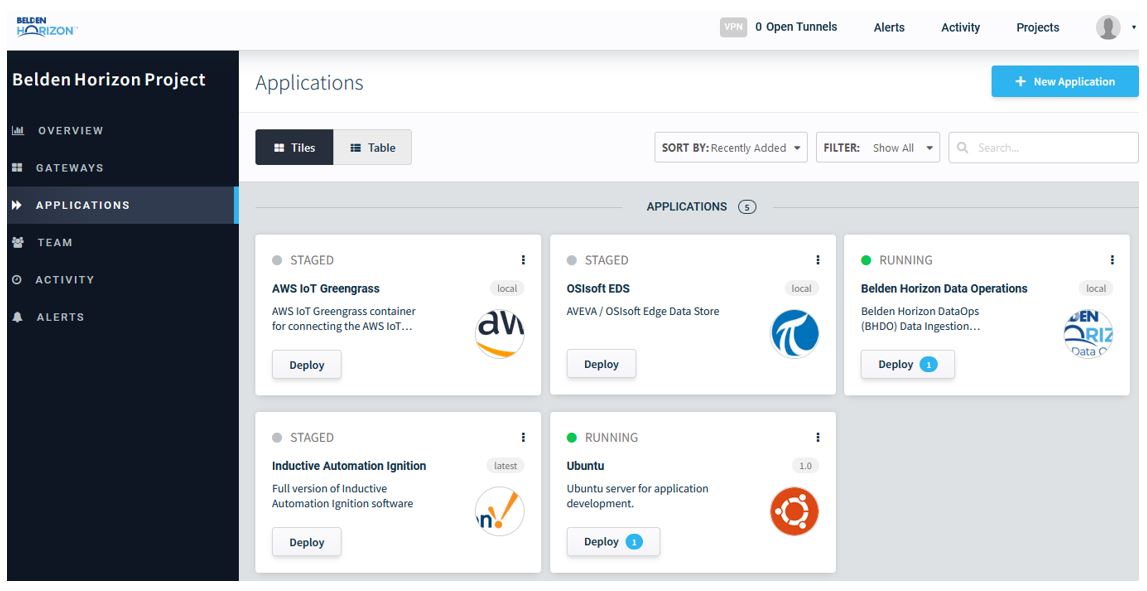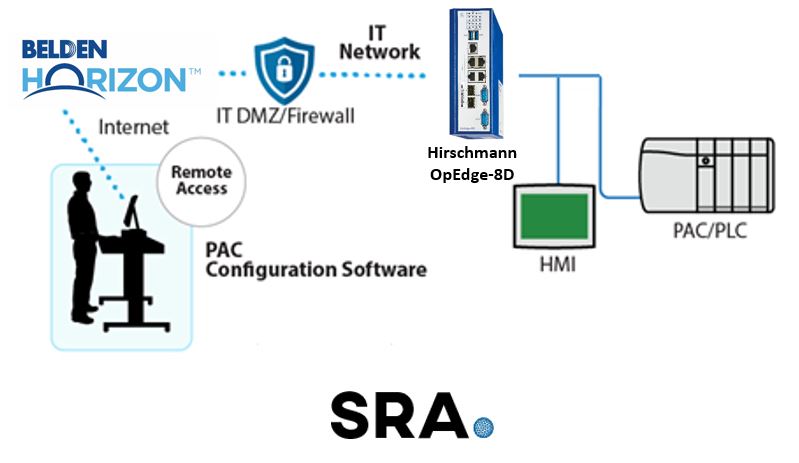Overcoming the Challenges of Edge Application Orchestration
Editor’s Note: This blog is a continuation of our industrial edge blog series. In our first blog, we discussed IIoT and the value of collecting data. In the second blog, we discussed industrial edge solutions. In our third blog, we examined how industrial edge solutions can be applied to specific use cases. Our fourth blog offers tips on selecting the right industrial edge compute device for your application. The fifth blog discussed the importance of industrial edge applications. In our sixth and final blog in the series for 2022, we discuss the challenges of edge application orchestration.
Although it seems simple on the surface, the process of writing and mailing a letter can be quite cumbersome when you break down all the tasks and time involved:
- Locate a pen, a piece of paper, an envelope and a stamp
- Write the note in freehand
- Add the address and stamp to the envelope
- Load and seal the envelope
- Transport the envelope to a mailbox or post office
Collectively, this sequence of events could take hours—particularly if the materials you need in order to send the letter aren’t readily available, or if the mailbox or post office isn’t close by. Additionally, if you need to send multiple letters to multiple recipients, then many of these steps will need to be repeated.
Thankfully, technology now makes it possible to mitigate many of the challenges we faced with writing and sending letters. An e-mail can be sent in place of a letter and reach tens, hundreds or even thousands of recipients instantaneously. It allows users to send messages immediately, securely and at scale in a manner that isn’t possible when manually sending letters.
When industrial edge solutions are deployed within an industrial automation infrastructure, users need to configure and manage industrial edge compute hardware and edge applications. Edge orchestration is the technology that allows users to do this immediately, securely and at scale—much like email transformed the process of writing and mailing a letter.
What Is Edge Orchestration & How Does It Help You?
Edge orchestration represents the solutions that manage and scale edge deployments with the ability to onboard, monitor and update connected edge devices and deploy and orchestrate edge applications locally or remotely.
With typical edge hardware, users can configure and manage a device (e.g., update firmware) and configure and manage individual edge apps on that device (e.g., install a container) locally through the user interface; however, performing these actions for each device can become tedious, particularly if the number of actions required and/or the number of devices affected is high.
An edge orchestration solution allows the user to perform these actions on multiple devices and/or applications simultaneously. A well-designed solution ensures that these functions are performed securely as well.
What Benefits Does Edge Orchestration Provide?
The ideal edge orchestration solution should provide these three benefits.
1. Availability
Due to the mission-critical nature of industrial applications, edge orchestration solutions should always be operational. (Back to the mail vs. email comparison: Post offices have limited hours, but e-mail can be sent at any time!)
The platform must be hosted within a reliable infrastructure in the cloud or on-premises with uninterrupted network connectivity so that actions taken on the edge devices and/or applications aren’t delayed.
2. Accessibility
Edge orchestration solutions should be easily accessible. (If you have internet access, then you can send e-mail! That’s an example of easy access.) This access can be characterized in three ways:
- Access to the platform: The platform should be accessible remotely so configuration and management activities don’t need to happen locally.
- Access to edge devices: Edge hardware should seamlessly integrate with the orchestration platform to ensure that edge devices can be quickly and securely added and removed from the system as the user requires.

Figure 1: Edge devices can be onboarded to Belden Horizon, an industrial edge solution, within seconds.
- Access to edge applications: There should be an application repository hosted in the edge orchestration platform to ensure that pertinent edge applications are staged for easy access by the user for industrial edge deployment.
Figure 2: Belden Horizon Console's Edge Orchestration feature allows applications to be seamlessly and securely deployed to edge devices.
3. Security
While the edge orchestration platform should be accessible, accessibility should also be restricted in a manner that keeps the organization secure. (With email, for example, all sent and received messages are scanned for viruses by the provider!)
The implementation of token-based, two-factor authentication and active directory support via single sign-on are best practices to leverage. Moreover, edge orchestration solutions should be supplemented with secure remote access (SRA) services that allow VPN tunneling with a virtual lockout tagout (vLOTO™) access control policy to be established to end devices connected to edge hardware that’s part of the user’s industrial edge infrastructure.
Figure 3: Secure remote access enables connectivity to industrial end devices through the edge gateway.

Figure 4: Virtual Lockout Tagout (vLOTO) ensures that only authorized personnel can access edge devices and networks.
Meet Belden Horizon™, a Platform for Industrial Edge Solutions
Our powerful new platform for industrial edge solutions, Belden Horizon™, provides a simple, seamless, secure and reliable way to connect operational systems at the edge while maintaining security and communication with the cloud. It’s intended for orchestration at scale of the edge hardware and edge applications discussed in previous blogs.
Belden Horizon features secure remote access (SRA) and persistent data network (PDN) while adding the potential for other functions, such as edge orchestration, using short interval data. Learn more about Belden Horizon.
Our product experts are here to support you. If you want to know more about this topic, email me or Matt Wopata. We’ll be happy to answer your questions.
Related Links
Industrial Edge Solutions: Why Are They Necessary?
10 Criteria to Consider for Your Industrial Edge Compute Devices


